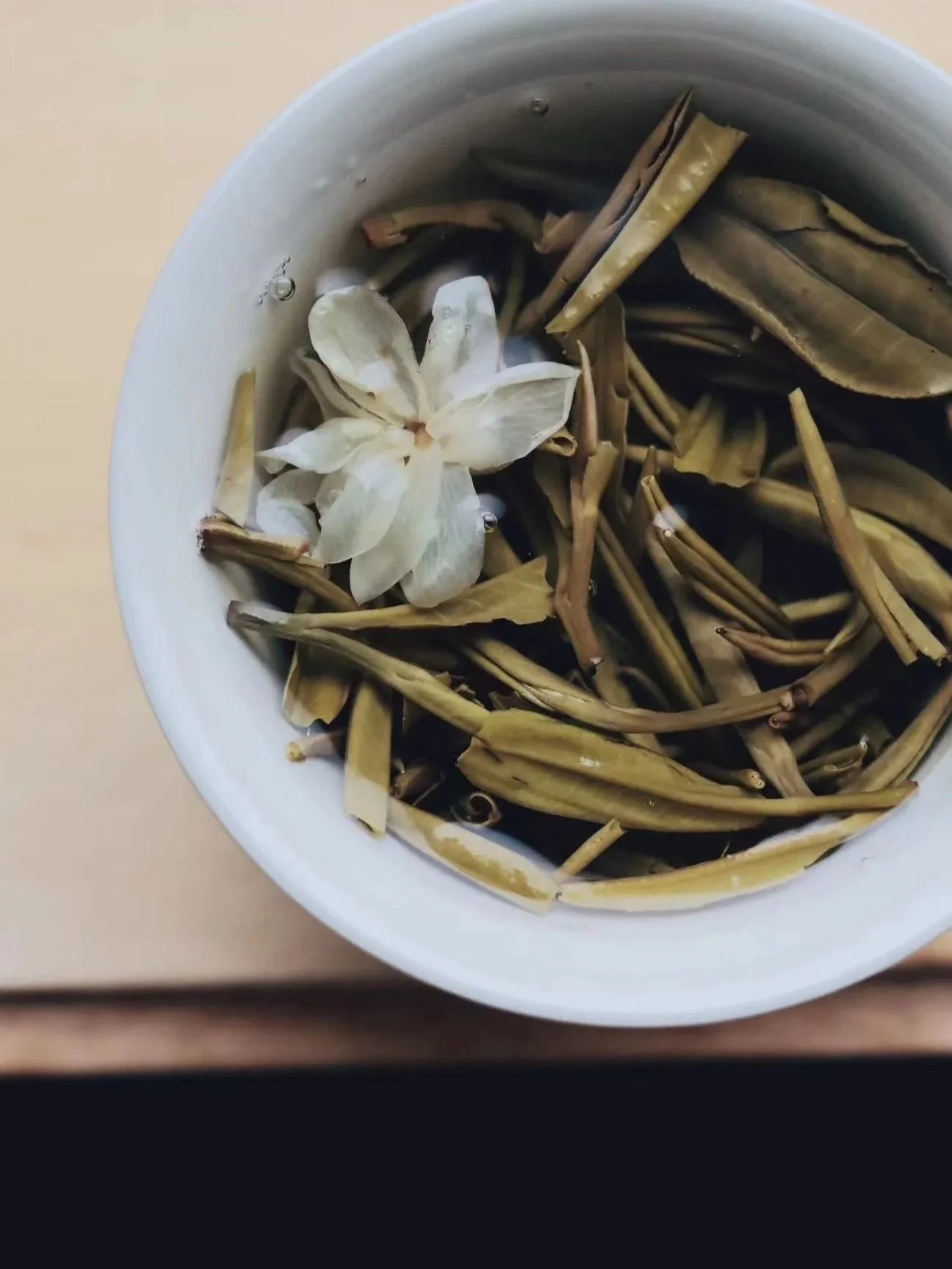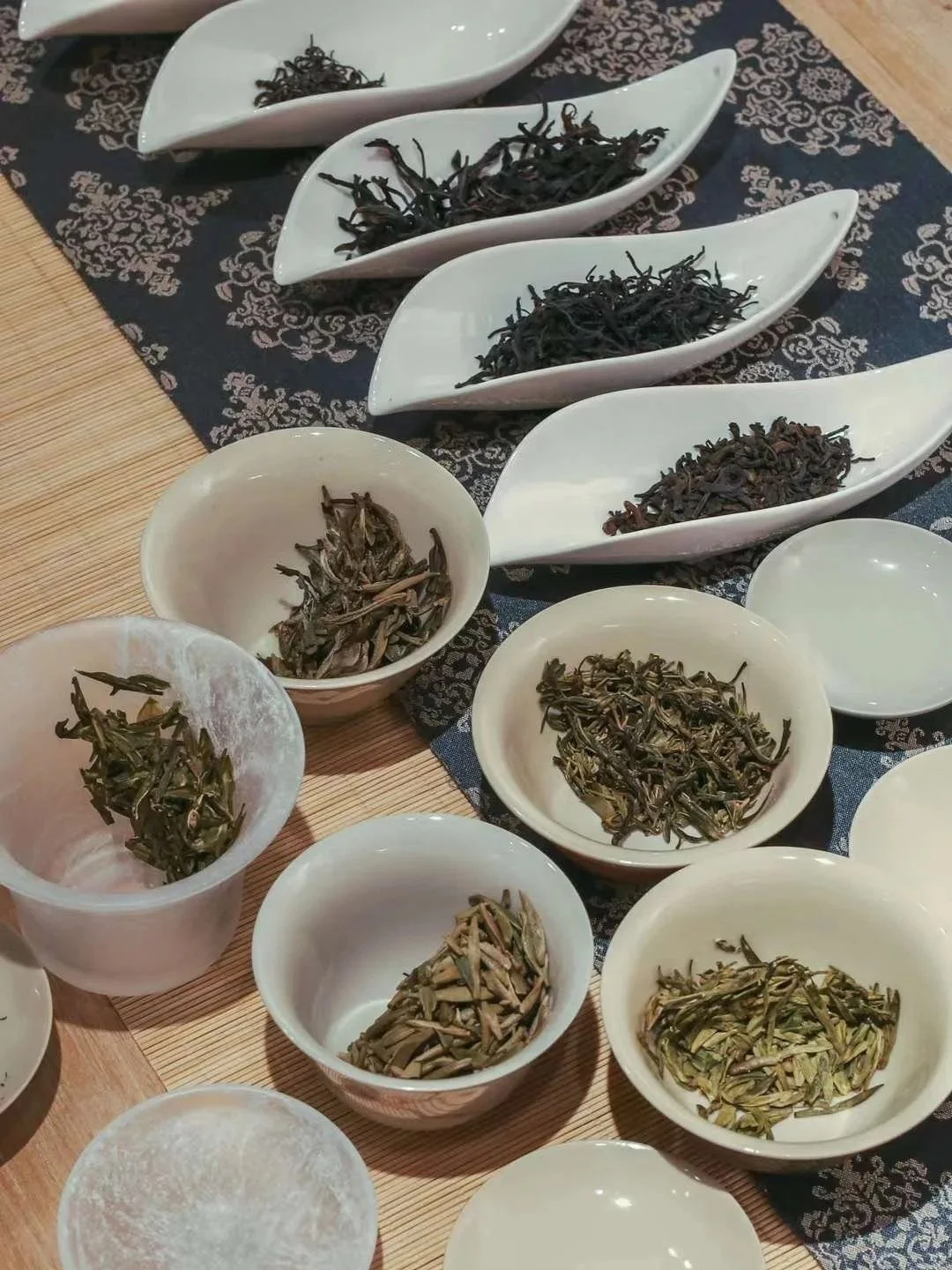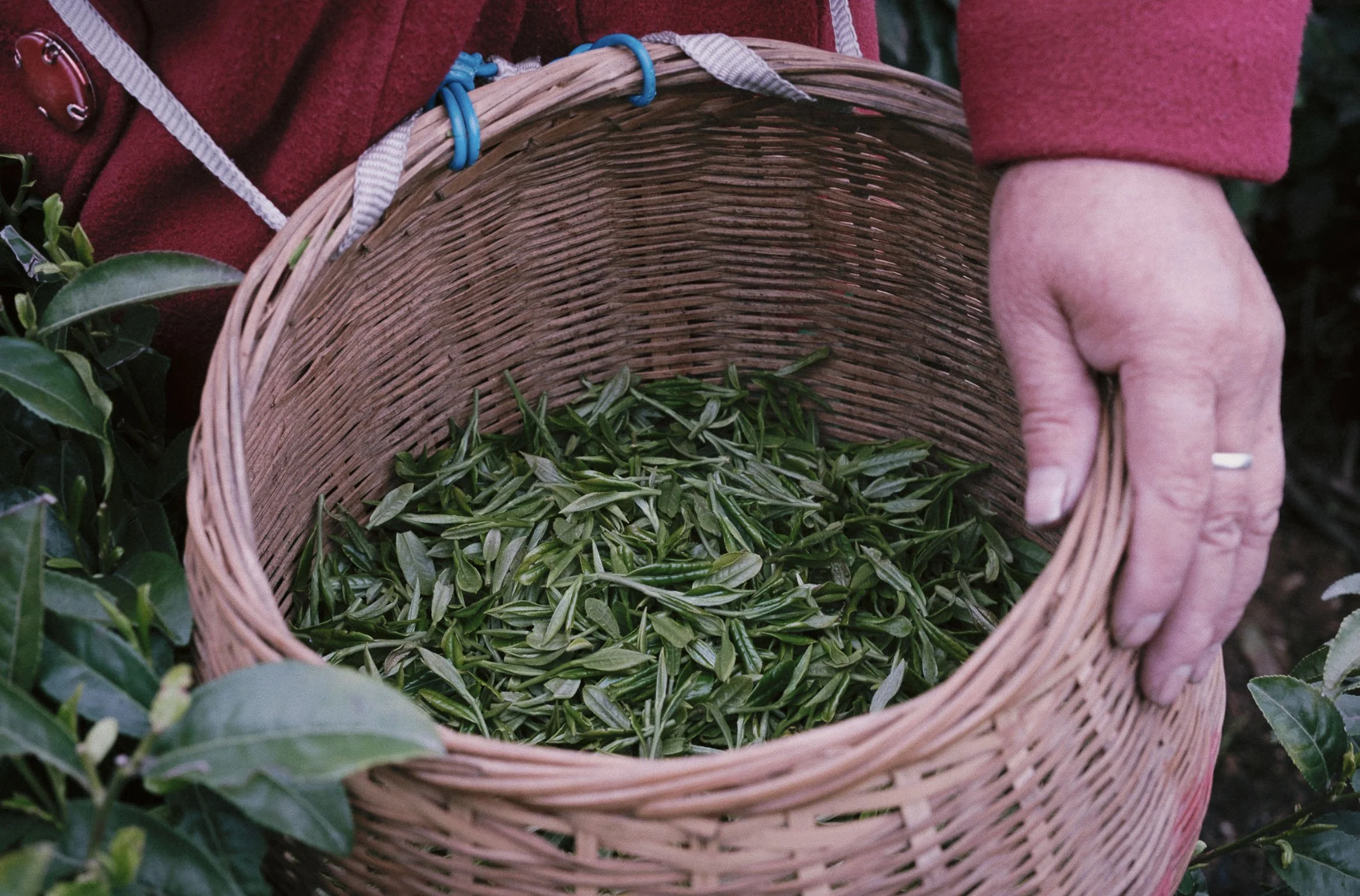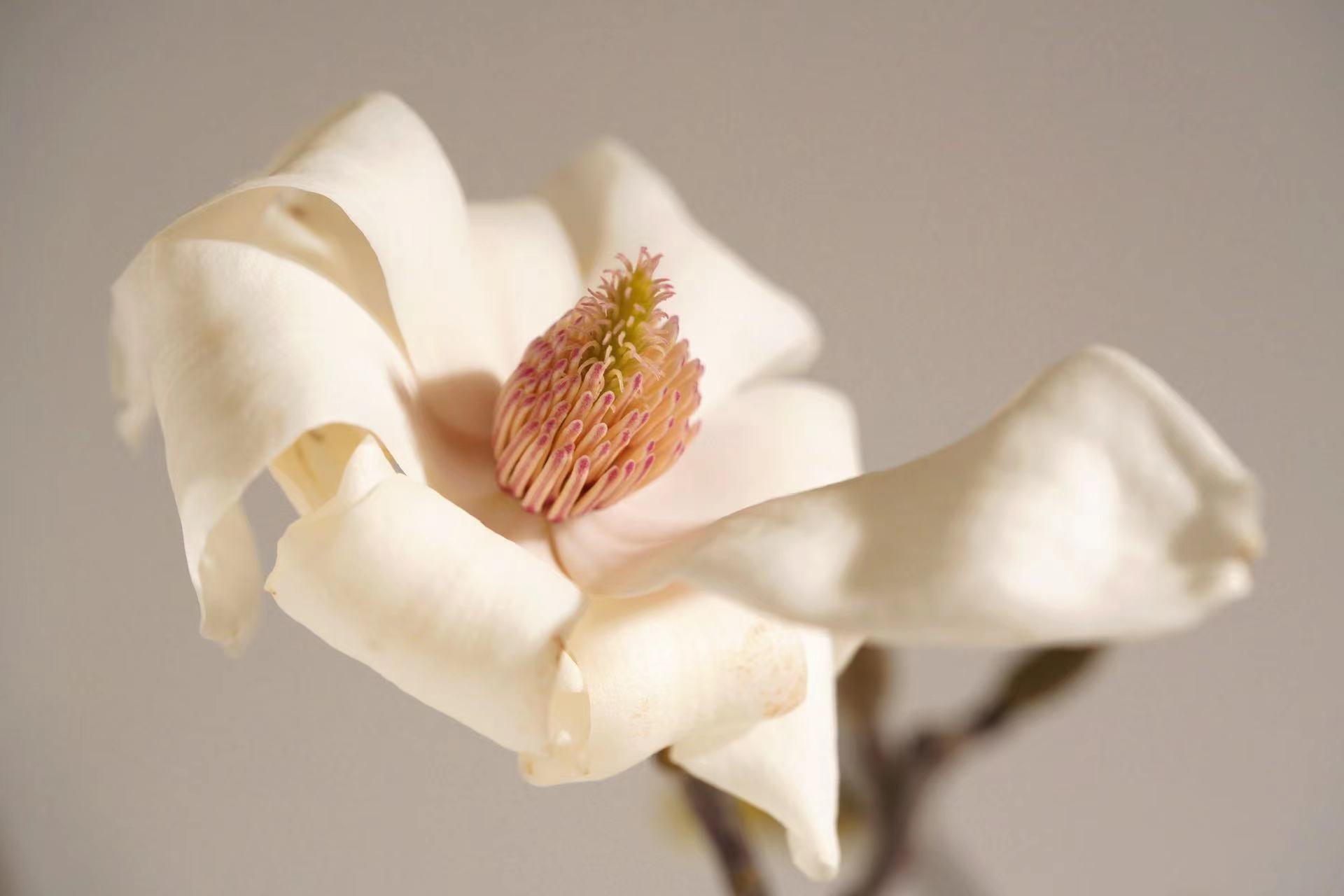
Flower “Tea” vs. Floral Tea: What’s the Difference and The Craft Behind Authentic Jasmine Floral Tea
Flower “tea” and floral tea may sound alike, but to collapse them into one is like mistaking the flower itself for perfume. One is the raw ingredient—simple, unadorned. The other is an artful distillation, shaped by time, technique, and intention.

The Three Grades of Fuding White Tea: Silver Needle, White Peony and Willow’s Grace Uncovered
Among the finest expressions of Fuding white tea, Silver Needle, White Peony, and Willow’s Grace form a gentle arc across springtime—each one a reflection of when it was harvested, how it was crafted, and what it chooses to reveal.

Tea Leaf Compounds: The Chemistry of Bitterness and Sweetness
There’s an old Chinese saying that a good cup of tea offers a “returning sweetness”—hui gan—a soft sweetness that follows a faint bitterness or astringency. This beautiful transformation begins in the leaf itself: catechins lend that initial bitterness, while theanine and a touch of caffeine round it out with clarity and calm. It’s one of the most beautiful moments in tea tasting: the bitterness fades, and a clean, lingering sweetness gently unfolds.

Tea 101: The Six Categories and the Role of Oxidation
If you caught our last tea journal, you’ll remember that all true tea comes from the same magical plant: Camellia sinensis. But then… what makes green tea green and black tea black? The secret isn’t where it grows—it’s what happens after the leaves are plucked. That secret is oxidation.

What Is Tea? It All Begins With Camellia sinensis
It sounds like a simple enough question, right? But even the most seasoned tea lovers sometimes pause. Let’s clear it up once and for all: true tea comes from just one magical plant—Camellia sinensis—specifically its leaf buds, leaves, and sometimes the stem.

Manifesto
Creating THEORÓ
“Seeing My Younger Brother’s Poems on the Theme of Flowers (First of Five)” by Huang T'ing-chien (1045 to 1105 AD), one of the Four Masters of the Song Dynasty (960 to 1279 AD):
Willow catkins drift softly, spider silk floats gently, it’s late spring in the third month;
The wind blows, and the rain washes over the city, adorning it with flowers.
I wonder, how does the Qingming wine shared beyond the eastern walls compare;
To sipping Guyu tea beneath the west window at dusk.
